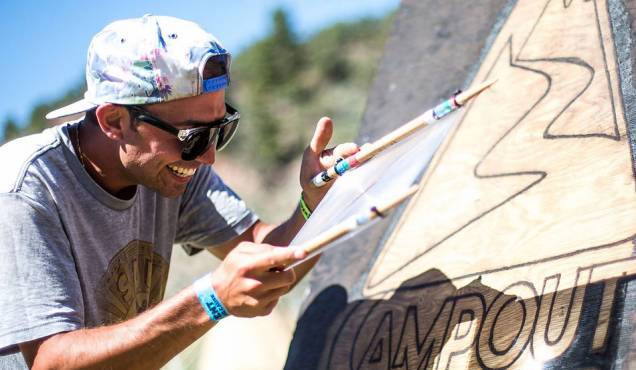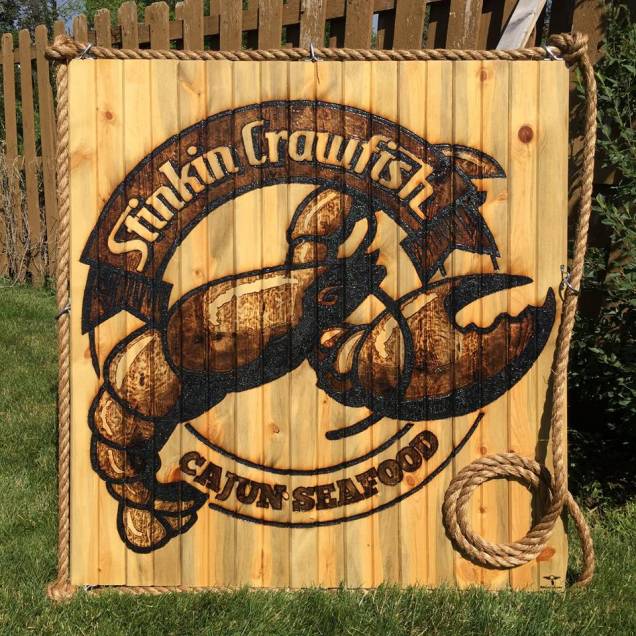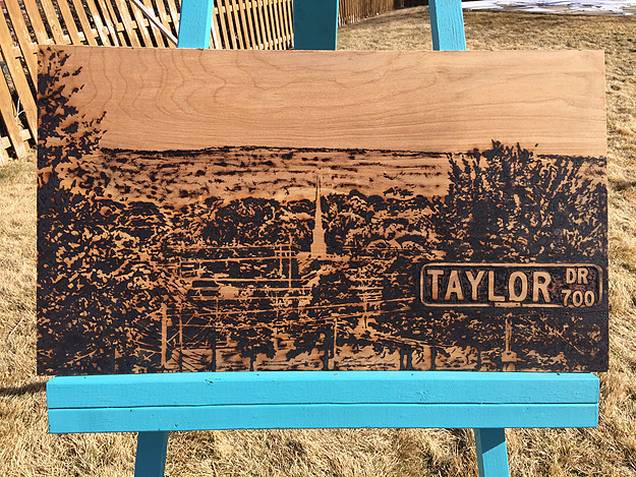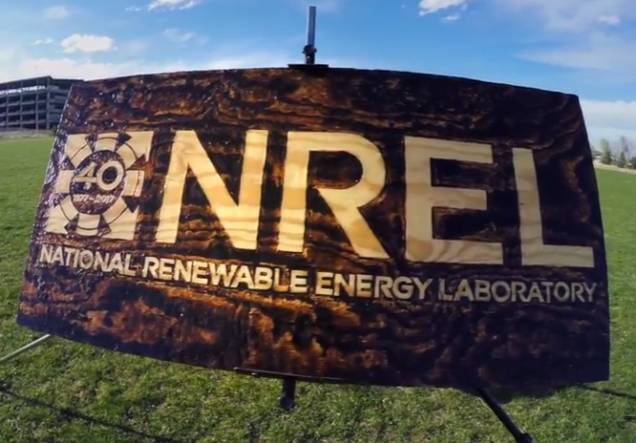
Scorching stuff with the sun is fun – but hard work too
This U.S company creates impressive commercial signage and art works using simple tools and the sun’s energy, in a process called solar printing.
Refraction and reflection is used to concentrate sunlight onto locally sourced materials such as reclaimed wood and beetle-kill pine* in order to create logos, intricate portraits and other items.
“In 2013 I traveled the silk road from Asia to Europe, making art along the way,” says Sunscribes Solar Printing founder Michael Papadakis.
“Working with the limited resources I had, I discovered one resource that shined in abundance everywhere I went. That resource was sun.”
Starting out with magnifying glasses and then expanding into using items such as fresnel lenses sourced from overhead projectors that have been fashioned into a variety of tools to produce the creations; his detailed work soon started capturing interest.
Creating the artworks can take anywhere up to 30 hours and one of the most difficult pieces to create to date was apparently this one:

A rather unique name for a seafood restaurant.
Sunscribes Solar Printing is based in Golden, Colorado; which is also home to a huge National Renewable Energy Laboratory facility. We mentioned that facility last week in connection with a severe weather event that saw NREL’s solar panels pummeled by a hail storm.
To celebrate NREL’s 40th anniversary, Mr. Papadakis recently created this piece.
Mr. Papadakis also teaches children how to sunscribe with a magnifying glass (and wearing appropriate safety eyewear of course) – a better use for this popular tool from childhood than sizzling ants or burning holes in things they perhaps shouldn’t.
His mission:
“..to teach every child and adult the privilege and responsibility of holding the power of the sun in our hands. My hope is that some day, this constructive approach will have lasting impacts on future generations.”
You can view more of Sunscribes Solar Printing work here.
* The decimation of pine trees by the mountain pine beetle (Dendroctonus ponderosae) has been a serious problem in Colorado. The first epidemic lasted decades – from 1996 to 2016 – and only ceased due to there being few vulnerable trees left to infect. It’s thought the critters were getting a helping hand from climate change; the effects of which weakened trees and enabled the mountain pine beetle to breed in greater numbers.



 RSS - Posts
RSS - Posts



Thanks for writing an article about Sunscribes Michael!